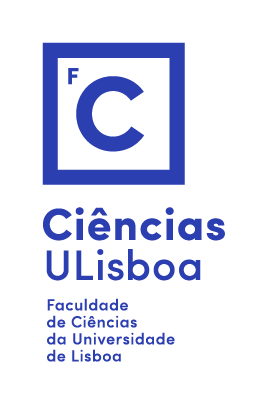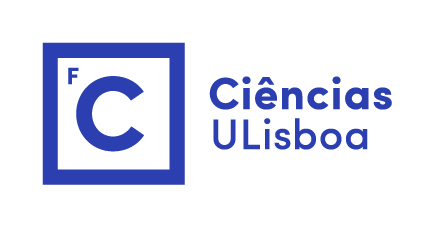Por Marco Ferrante (IBBC - cE3c / GBA).
Ecosystem functions are the outcome of the activity of species in ecosystems. In agricultural environments, ecosystem functions are particularly important, as they can result both in ecosystem services (ESs) and disservices (EDs). Monitoring ESs and EDs is challenging, and, particularly in entomological studies, this is often done by measuring the abundance and the diversity of (presumed) ES or ED providers. Such proxies are, however, difficult to interpret, as the abundance and diversity of providers and the intensity of ecosystem functions do not always correlate. In vineyards and citrus orchards on Terceira Island (Azores), we tested the use of direct tools based on the sentinel approach that can allow a direct assessment of ESs and Eds, bypassing the biodiversity measures. A sentinel can represent an element of the community (e.g. a plant, a prey) that is exposed under field conditions to record the intensity of an ecological function (e.g. herbivory, pollination, or predation). This methodology allows controlling for most experimental conditions, such as the sentinel features, their density, and the exposure time; and it is suitable to obtain interpretable and comparable quantifications of natural interactions between habitats, ecosystems, or the effects of different treatments on multiple ESs/EDs. Particularly, we assessed 1) herbivory rates on a crop plant (ED), 2) predation rates on sentinel artificial caterpillars (ES), 3) the contribution of pollination for a crop plant (ES), 4) the predation rates of seeds of wheat and a weed (ED and ES, respectively), and 5) decomposition rates of organic material (ES).
Transmissão em direto no canal de YouTube do cE3c.

